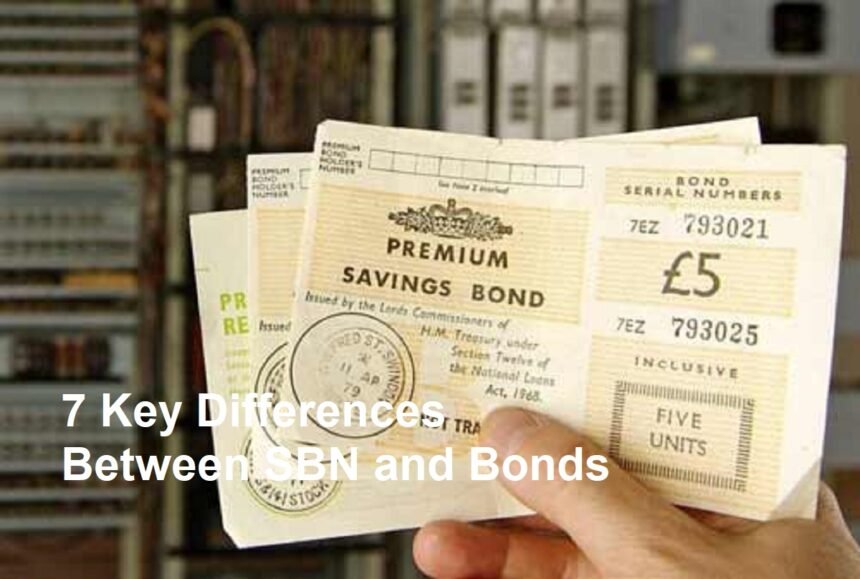Introduction
When it comes to investments, fixed income securities like SBN (Surat Berharga Negara or Indonesian Government Securities) and corporate or general bonds are among the most popular options on the market. Both serve as debt instruments, but they come with a host of differences that potential investors should understand before making a commitment. Let me walk you through the seven main distinctions between SBN and bonds, as seen from an investor’s perspective in 2025.
1. Issuer
SBN is issued directly by the Indonesian government—think of them as official tools for the state to finance its budget or development projects. Meanwhile, bonds as a broader category can be issued by various entities: private companies, state-owned enterprises, municipalities, and even foreign institutions. The issuer’s credibility often translates into differing risk profiles.
2. Risk Profile
One of the main appeals of SBN lies in their relatively low risk. Since they’re backed by the government, the likelihood of default is extremely minimal unless Indonesia itself encounters a financial crisis. Contrastingly, regular bonds—especially those released by private corporations—carry more credit risk, depending on the issuer’s financial health and market reputation.
3. Yield and Return
Because SBN is considered safer, their yields (the interest or coupon rates offered) tend to be lower than that of most corporate bonds. Bonds from private issuers often promise higher returns to compensate for the greater risk you’re asked to bear. So, if you’re prioritizing capital preservation over aggressive returns, SBN might feel more comfortable.
4. Accessibility and Minimum Investment
In recent years, the government has made strides in making SBN accessible to retail investors—even novices can now buy SBN online through various marketplaces with fairly low minimum purchase amounts. On the other hand, corporate bonds may have higher entry points and are sometimes only available to institutional or high net worth individuals. This difference can shape who ends up holding these instruments.
5. Liquidity
Liquidity matters; you may want to sell your investment before maturity. SBN is actively traded in secondary markets and the government sometimes provides buyback mechanisms, making it relatively easy to liquidate. Regular bonds’ liquidity varies widely: popular or blue-chip bonds might be easy to sell, but less-known issuers may find limited buyers, leaving you stuck or forced to accept a discount.
6. Tax Treatment
SBN frequently enjoys special tax rates or even certain tax breaks, as governments aim to attract public participation in nation-building. In contrast, returns from corporate or general bonds usually face standard income tax rates. As an investor, these subtle policy advantages can mean more money in your pocket when tax season comes.
7. Purpose and Underlying Objective
When you buy an SBN, you’re essentially supporting the state—to fund infrastructure, education, healthcare, and more. It brings with it a sense of civic participation and nation-building. Corporate bonds, meanwhile, channel your investment toward private business growth, expansion, or refinancing needs. Your money’s end destination can inspire different motivations and values.
Final Thoughts
Choosing between SBN and bonds is about more than chasing yield; it’s about aligning your risk appetite, liquidity needs, financial goals, and even personal values with the characteristics of the instruments available. I always encourage investors to review their investment horizon and do their due diligence before getting started in fixed income. While both SBN and corporate bonds can play a valuable role in your portfolio, understanding what sets them apart is the first step to making an informed and confident choice in 2025 and beyond.












